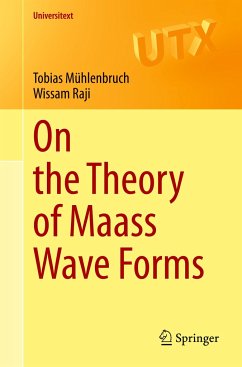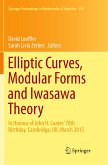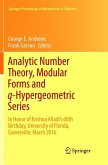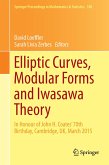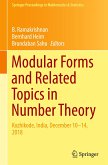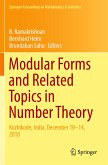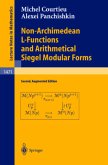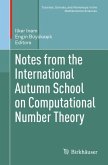This textbook provides a rigorous analytical treatment of the theory of Maass wave forms. Readers will find this unified presentation invaluable, as it treats Maass wave forms as the central area of interest. Subjects at the cutting edge of research are explored in depth, such as Maass wave forms of real weight and the cohomology attached to Maass wave forms and transfer operators. Because Maass wave forms are given a deep exploration, this book offers an indispensable resource for those entering the field.
Early chapters present a brief introduction to the theory of classical modular forms, with an emphasis on objects and results necessary to fully understand later material. Chapters 4 and 5 contain the book's main focus: L-functions and period functions associated with families of Maass wave forms. Other topics include Maass wave forms of real weight, Maass cusp forms, and weak harmonic Maass wave forms. Engaging exercises appear throughout the book, with solutions available online.
On the Theory of Maass Wave Forms is ideal for graduate students and researchers entering the area. Readers in mathematical physics and other related disciplines will find this a useful reference as well. Knowledge of complex analysis, real analysis, and abstract algebra is required.
Early chapters present a brief introduction to the theory of classical modular forms, with an emphasis on objects and results necessary to fully understand later material. Chapters 4 and 5 contain the book's main focus: L-functions and period functions associated with families of Maass wave forms. Other topics include Maass wave forms of real weight, Maass cusp forms, and weak harmonic Maass wave forms. Engaging exercises appear throughout the book, with solutions available online.
On the Theory of Maass Wave Forms is ideal for graduate students and researchers entering the area. Readers in mathematical physics and other related disciplines will find this a useful reference as well. Knowledge of complex analysis, real analysis, and abstract algebra is required.
"The book is essentially self-contained; the only prerequisites are basic knowledge of complex analysis, real analysis, and abstract algebra. For the convenience of the reader, the book includes an appendix with background material. ... The main use of the book is probably for advanced master's or graduate students to learn about the theory of Maass wave forms. However, the book should also be useful for established researchers in mathematics or related disciplines to enter the field." (Sander Zwegers, Mathematical Reviews, October, 2022)
"The level of the textbook is suitable for master students and so on, but some proofs can easily be understood by advanced undergraduate students." (Ilker Inam, zbMATH 1456.11002, 2021)
"The level of the textbook is suitable for master students and so on, but some proofs can easily be understood by advanced undergraduate students." (Ilker Inam, zbMATH 1456.11002, 2021)

